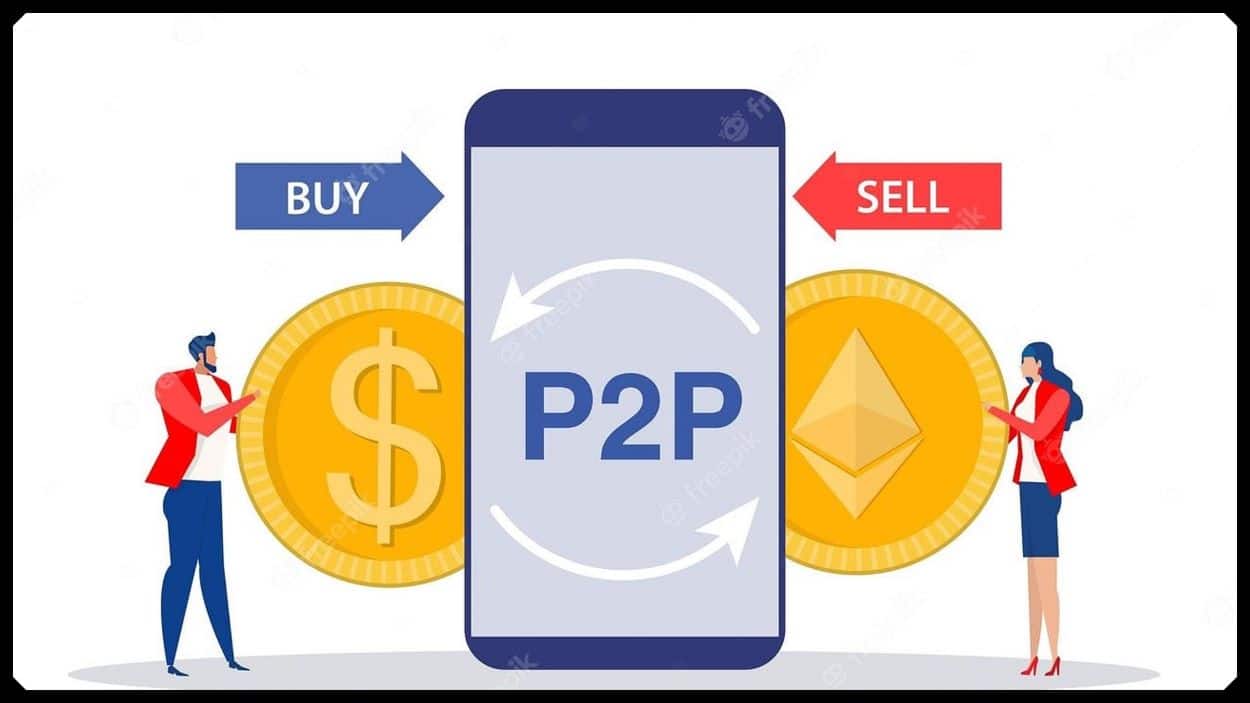Understanding Peer-to-Peer Crypto Trading: Insights into Its Benefits and Risks
Peer-to-peer (P2P) trading allows two parties to exchange assets directly, eliminating the need for a mediator. This method reduces costs by removing intermediary fees. Originally used in computer file sharing, P2P now enables direct exchanges of crypto assets, enhancing the decentralization of financial transactions.
Satoshi Nakamoto, the pseudonymous creator of Bitcoin, aimed to minimize reliance on centralized institutions like banks. By launching Bitcoin, Nakamoto facilitated financial transactions validated via encrypted blockchains instead of central entities. P2P crypto transactions are more private and largely anonymous compared to traditional methods.
To execute a peer-to-peer (P2P) cryptocurrency transaction, one participant must provide the wallet details of the other party to facilitate the transfer. Crypto exchanges were introduced to simplify and secure these transactions. However, these exchanges do not conduct P2P transactions and are subject to regulatory oversight.
Recently, law enforcement in India has issued warnings about the risks associated with P2P crypto trading. The sender may suffer financial loss if the parties do not fully know each other.
As the crypto sector grows and P2P trading becomes more widespread, cyber fraud opportunities increase. Scammers target potential victims using Telegram, LinkedIn, and X.
The Indian authorities have noted a rise in scams involving P2P crypto transactions. They advise the community to avoid engaging with unknown contacts, exercise caution during asset transfers, and report suspicious activities to law enforcement.






